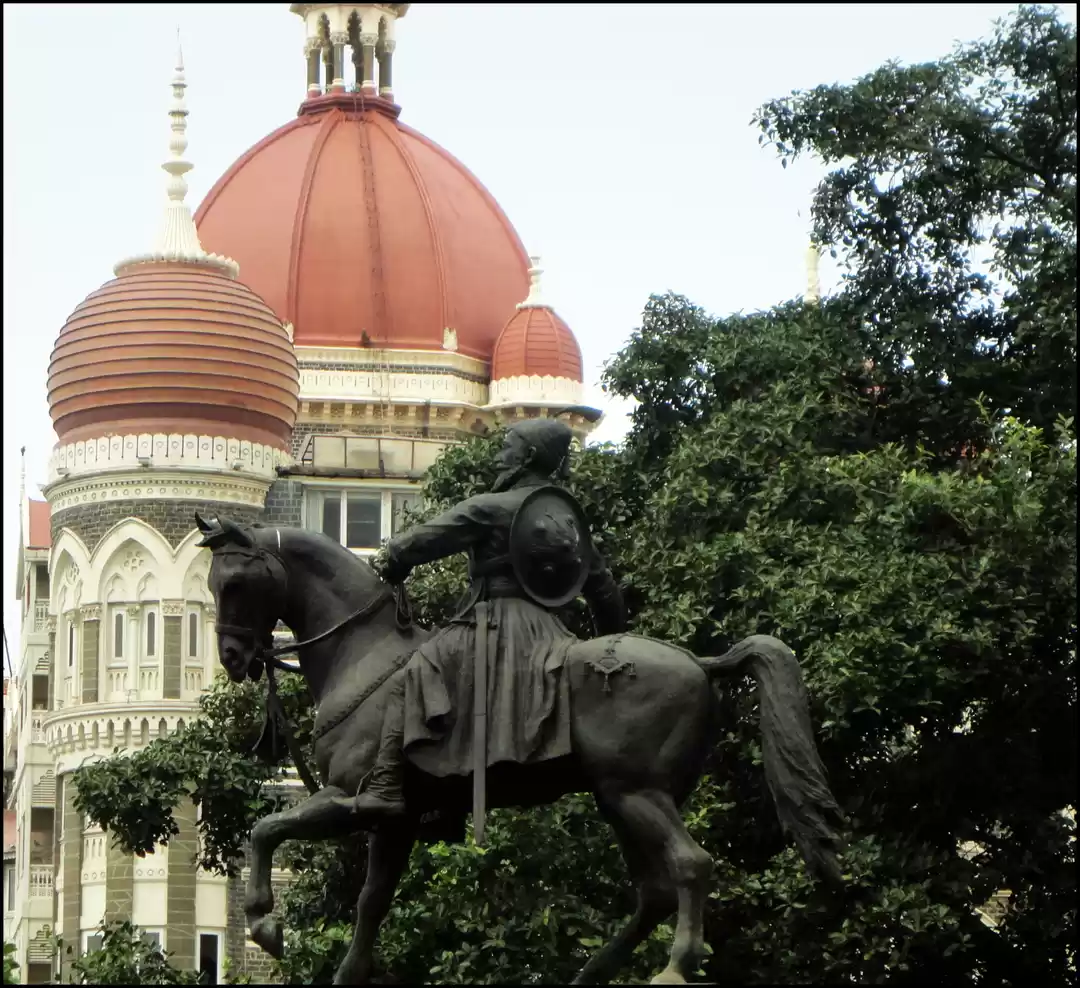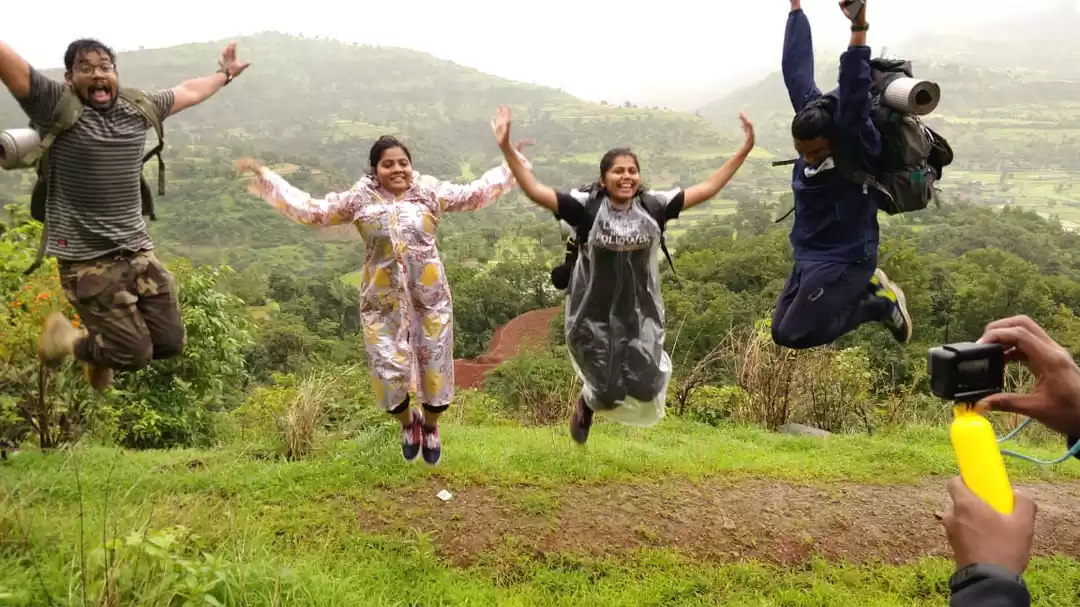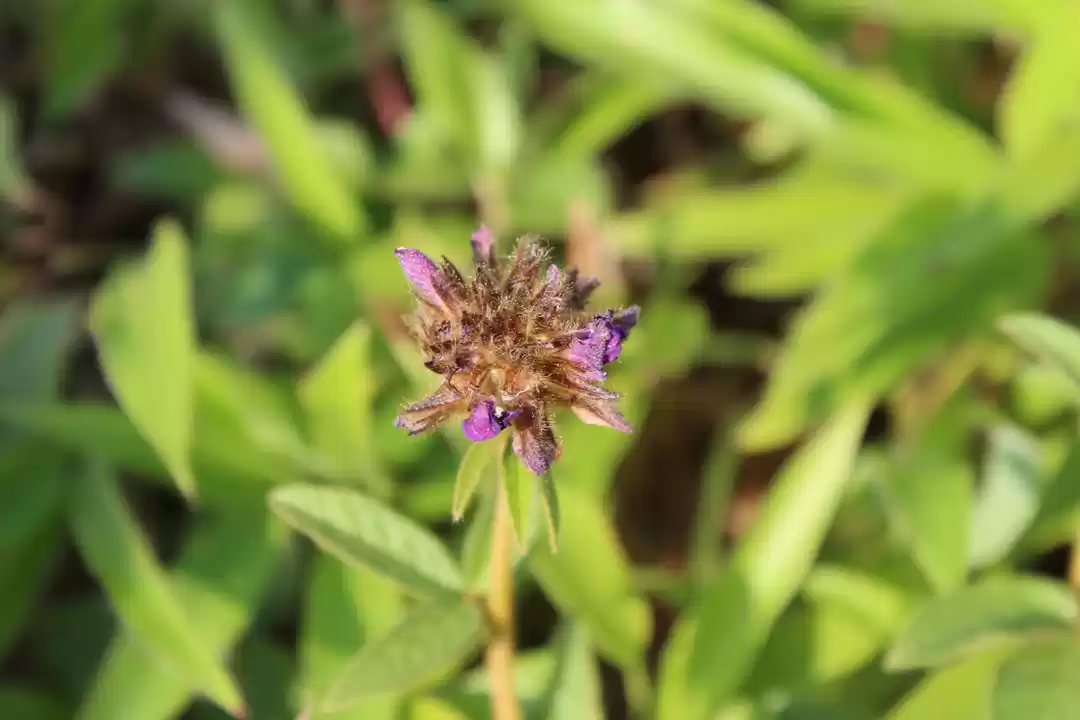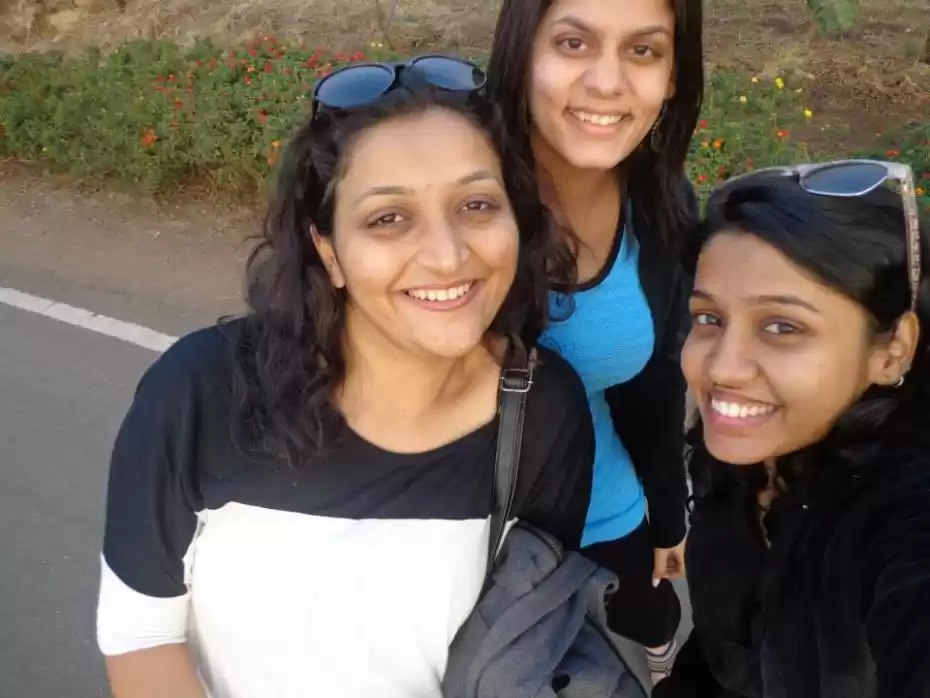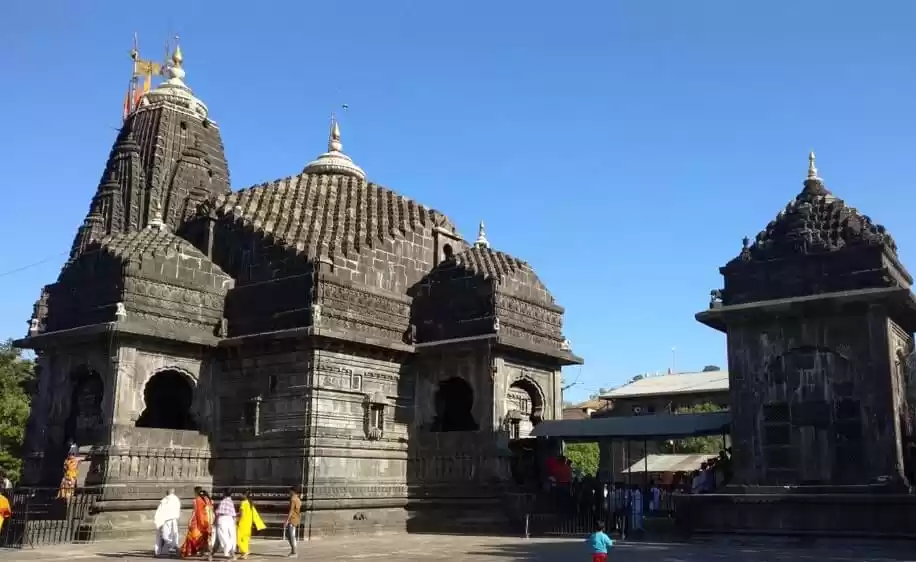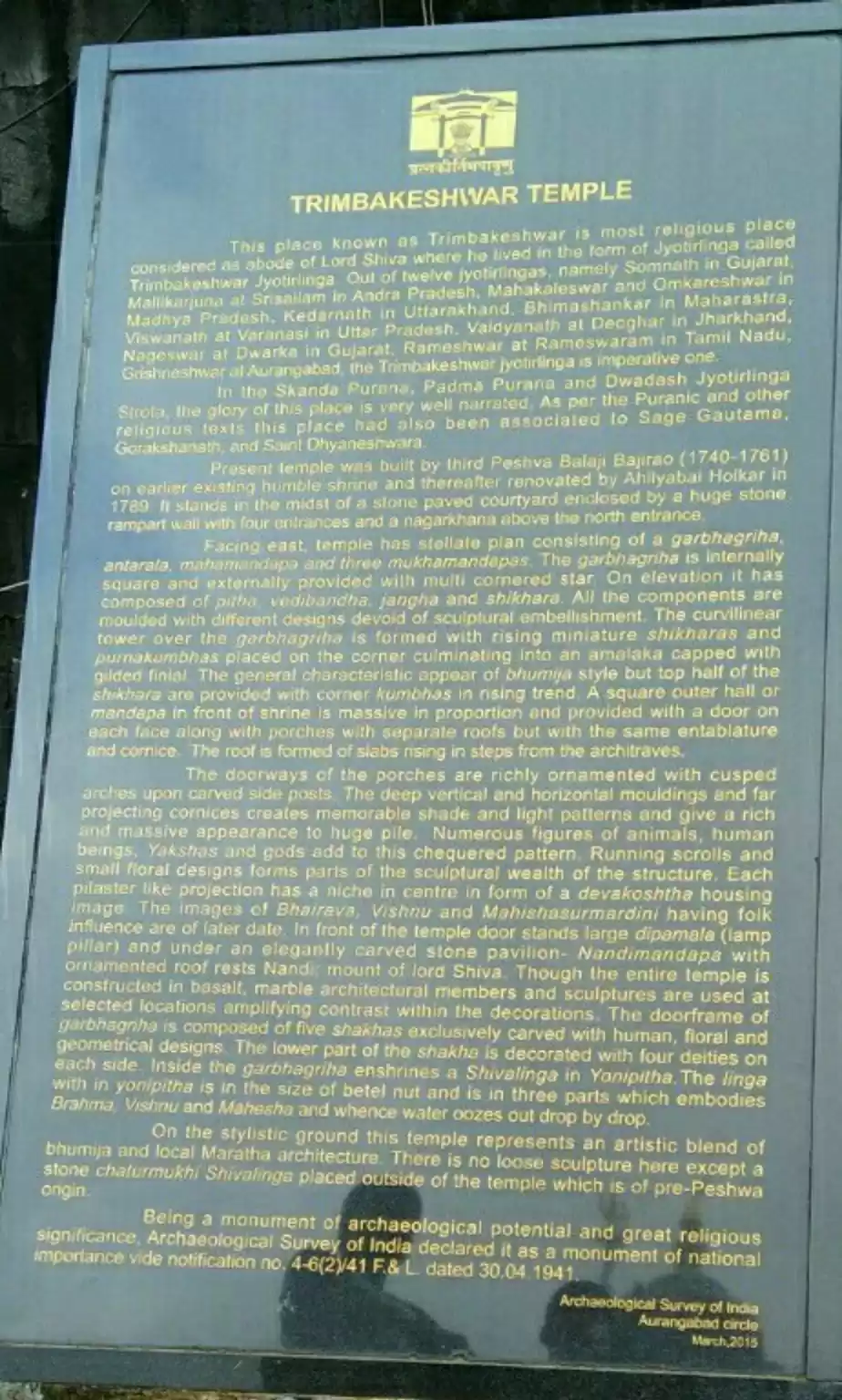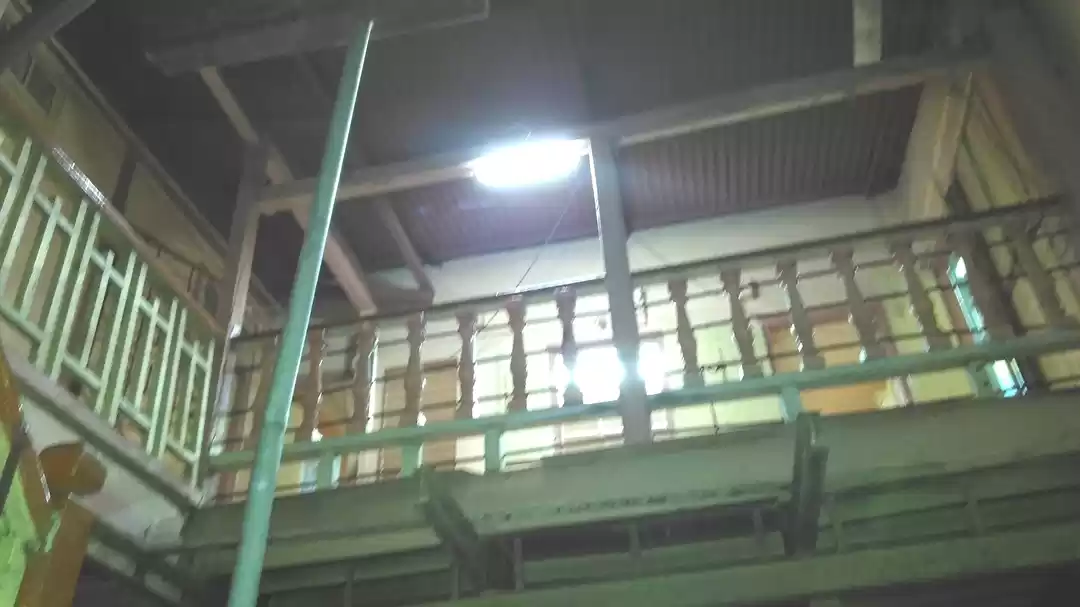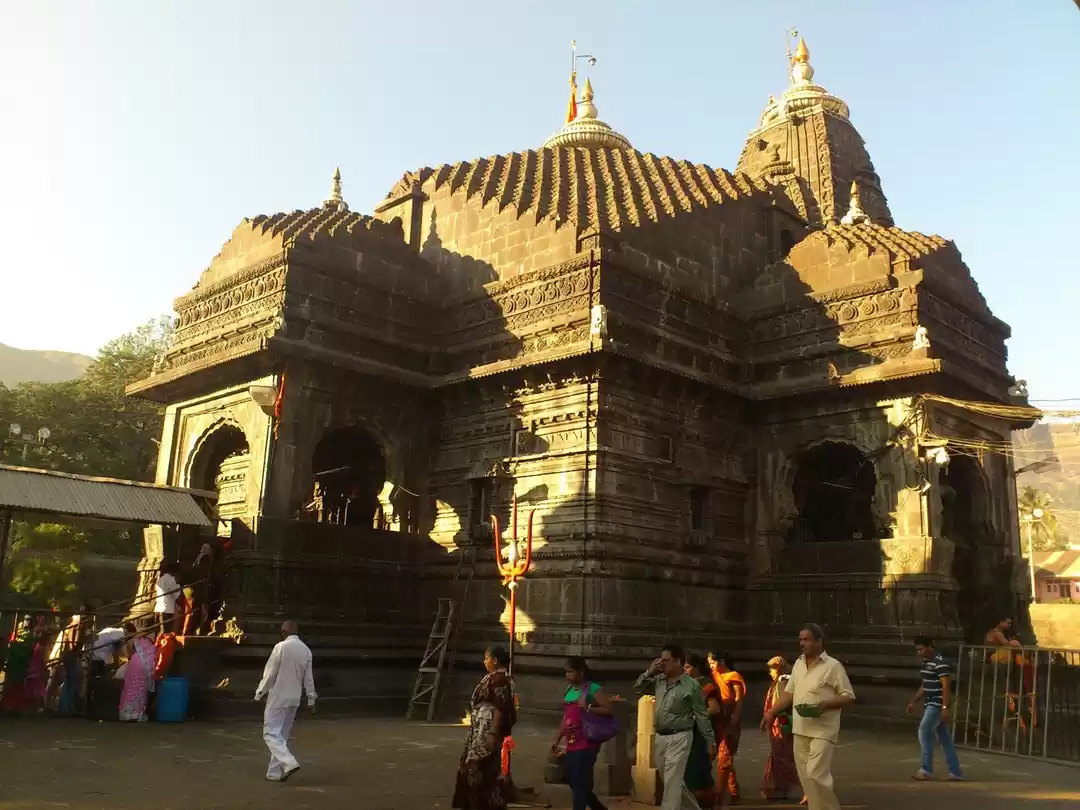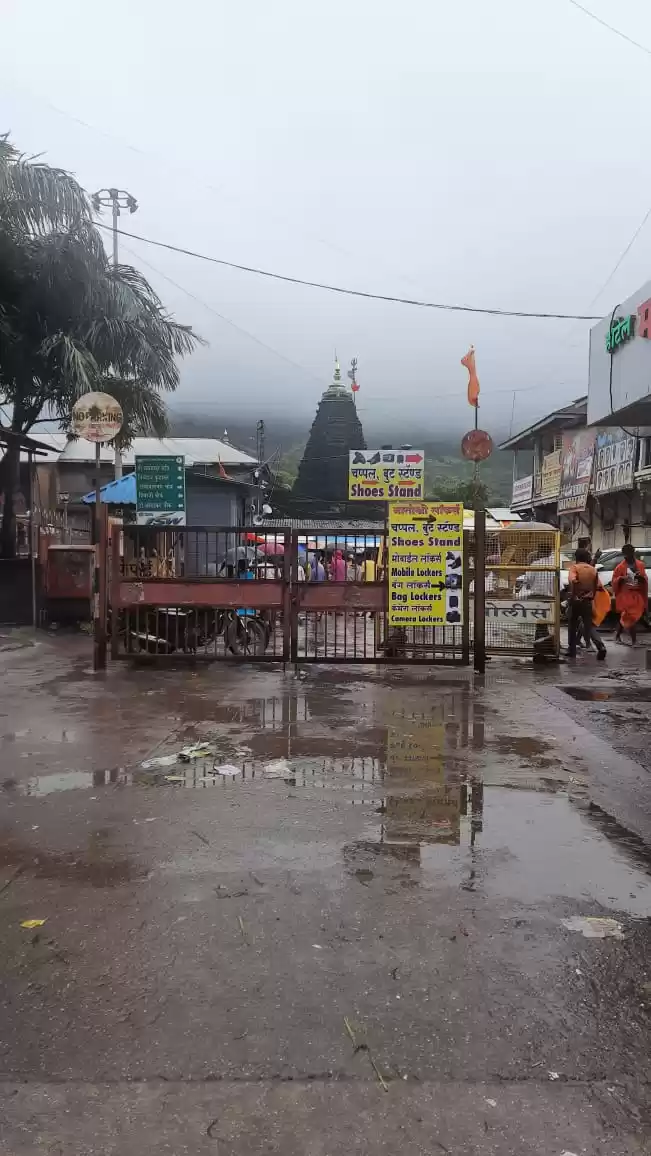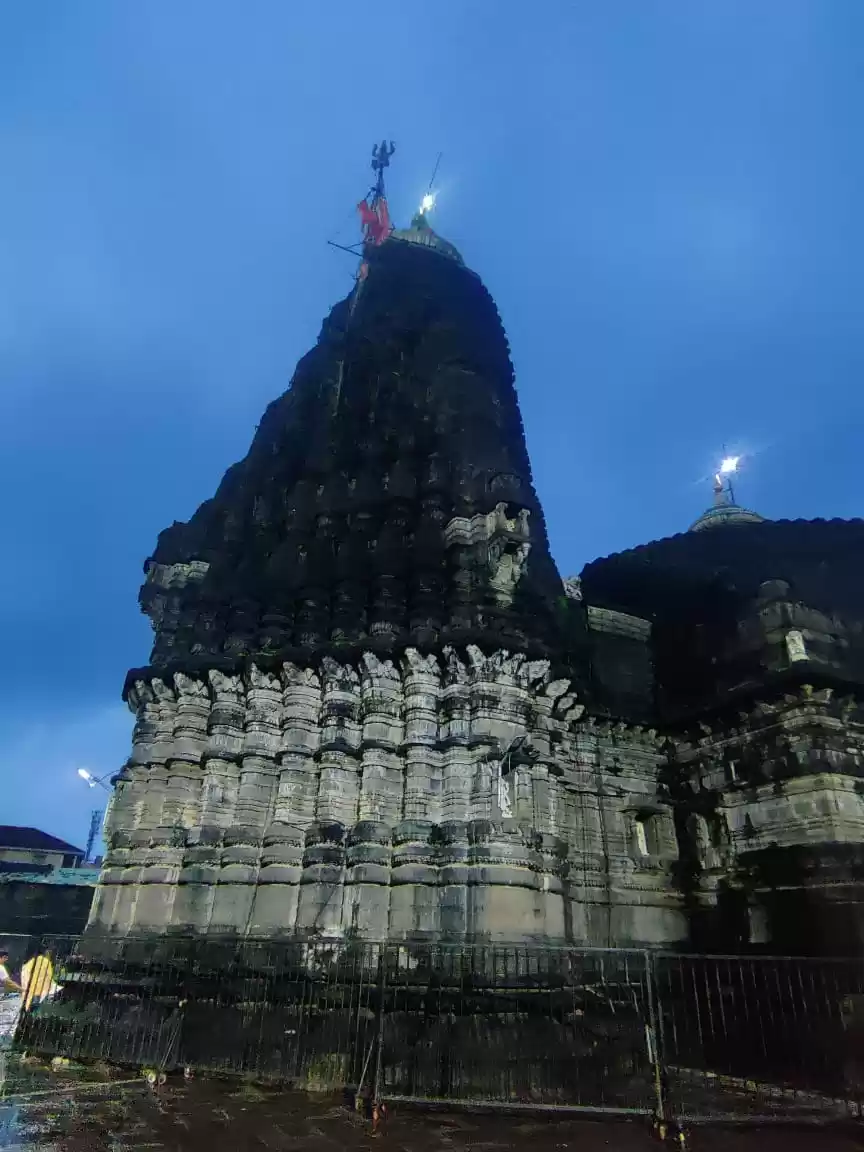Are you looking for a spiritual and cultural getaway in India? Do you want to visit one of the most sacred and ancient temples of Lord Shiva? If yes, then you should definitely plan a trip to Trimbakeshwar, a small town in Nasik district of Maharashtra, India.
Trimbakeshwar is home to the Trimbakeshwar Temple, one of the 12 jyotirlingas (self-manifested lingas) of Lord Shiva. The temple is a marvel of architecture, history and mythology, and attracts millions of pilgrims every year.
In this article, we will tell you everything you need to know about Trimbakeshwar Temple, including its history, architecture, legend, poojas and rituals, best time to visit, how to reach, and places to visit near Trimbakeshwar Temple. Read on to discover why Trimbakeshwar is a divine destination for Lord Shiva devotees.
History of Trimbakeshwar Temple
The history of Trimbakeshwar Temple dates back to ancient times, when it was mentioned in scriptures such as Shiva Purana and Skanda Purana. According to legend, the temple was built by sage Gautama, who was blessed by Lord Shiva with a stream of River Ganga (called Godavari here) and a jyotirlinga for his devotion. The temple was later renovated and expanded by various rulers such as the Yadavas, the Peshwas, and the Nizams.
Some of the notable personalities who contributed to the temple’s construction and patronage were Ahilyabai Holkar, Nana Saheb Peshwa, and Rani Ahilyabai Holkar. The temple underwent several changes and developments over time, such as its restoration, beautification and addition of new features.
Architecture of Trimbakeshwar Temple
The architecture of Trimbakeshwar Temple is a blend of ancient and modern styles, reflecting its long and rich history. The temple is made of black stone, which gives it a unique and majestic appearance. The temple follows the nagara style of design, which is characterized by a shikhara (spire) over the garbhagriha (sanctum).
The temple has a spacious courtyard, where devotees can perform rituals and offerings. The main attraction of the temple is the three lingas representing Lord Shiva, Lord Vishnu and Lord Brahma. These lingas are covered by a jeweled crown that belongs to the Peshwa family. The crown is adorned with precious stones such as diamonds, rubies, emeralds and sapphires.
The crown is displayed to the public only on special occasions such as Mahashivaratri. The temple also has other images and idols of deities such as Goddess Parvati, Lord Ganesh, Lord Hanuman, etc.
Legend of Trimbakeshwar Temple
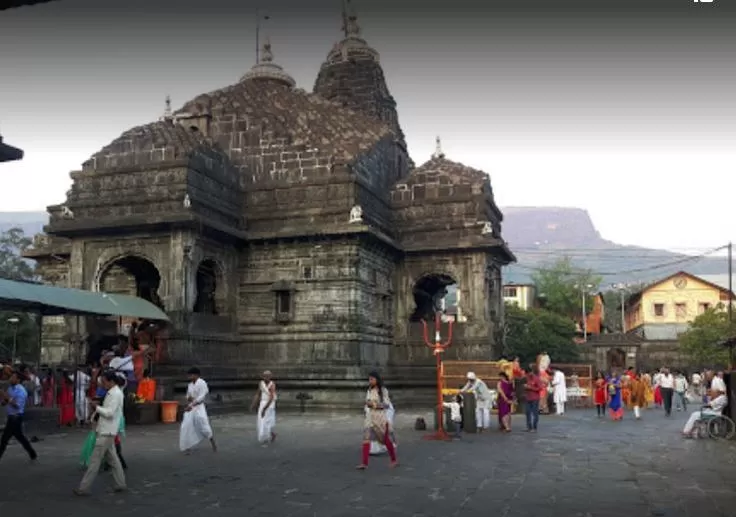
The legend of Trimbakeshwar Temple is a fascinating story that explains the origin and significance of the jyotirlinga. According to the legend, once there was a dispute between Lord Brahma and Lord Vishnu over their supremacy. To settle their argument, Lord Shiva appeared as a pillar of light that had no beginning or end. He challenged Brahma and Vishnu to find his ends.
Vishnu took the form of a boar and went down to search for Shiva’s bottom, while Brahma took the form of a swan and went up to search for Shiva’s top. Vishnu failed to find Shiva’s end and returned humbly. Brahma, however, lied that he found a ketaki flower at Shiva’s top.
Shiva knew Brahma’s lie and cursed him that he would not be worshipped by anyone. He also blessed Vishnu for his honesty and declared him as his equal. He then broke his pillar into 12 pieces that fell at different places on earth. These places became jyotirlingas, where Shiva manifested himself in his full glory. One of these places was Trimbakeshwar, where Shiva also granted a boon to sage Gautama for his devotion.
Poojas and Rituals at Trimbakeshwar Temple
Trimbakeshwar Temple is a place where devotees can perform various poojas and rituals to seek blessings from Lord Shiva. Some of the main poojas and rituals are:

Abhishekam: This is the ritual of bathing the linga with water or milk while chanting hymns in praise of Shiva. This pooja can be performed by anyone who wishes to worship Shiva with devotion.
Rudrabhishekam: This is a special pooja that involves chanting the Rudram (a powerful hymn dedicated to Shiva) while offering various items such as flowers, fruits, honey, etc. to the linga. This pooja is believed to bring prosperity, health and happiness to the devotees.
Kaalsarp Dosh Nivaran: This is a ritual that is performed to remove the ill effects of planetary positions that cause problems in one’s life. This ritual involves offering prayers and donations to Shiva and other deities at the temple.
Narayan Nagbali: This is a ritual that is performed to free oneself from ancestral curses that affect one’s life. This ritual involves offering a sacrifice of a snake and a human dummy to Shiva and other deities at the temple.
Tripindi Shraddha: This is a ritual that is performed to pay homage to departed souls who have not attained peace. This ritual involves offering food and water to the ancestors at the temple.
The timings, fees, bookings and procedures for these poojas and rituals can be obtained from the temple authorities or priests. The devotees can also arrange for materials or services for these poojas and rituals from the local shops or vendors near the temple.
Best Time to Visit Trimbakeshwar Temple
The best time to visit Trimbakeshwar Temple depends on factors such as weather, crowd and festivals. The ideal season to visit the temple is winter (October to March) or monsoon (June to September), when the weather is pleasant and the surroundings are green and scenic.

The summer season (April to May) should be avoided, as the weather is hot and humid.
The best month to visit the temple is February or August, when special festivals such as Mahashivaratri (the great night of Shiva) or Shravan Maas (the holy month of Shiva) are celebrated with great fervor and devotion.
During these festivals, the temple is decorated with lights and flowers, and thousands of pilgrims throng the temple to witness the grandeur and glory of Shiva.
Check out: What You Need To Know About The Shirdi-Nashik-Trimbakeshwar-Vani Circuit!
Tips and Precautions
Some tips and precautions for visiting the temple are:
1. Dress modestly and respectfully, as the temple is a sacred place.
2. Follow the temple rules and regulations, such as removing shoes, maintaining silence, etc.
3. Carry water and snacks, as the temple premises may not have adequate facilities.
4. Beware of touts, beggars and fake priests who may try to cheat or harass you.
How to Reach Trimbakeshwar Temple
Trimbakeshwar Temple is well connected by air, rail and road with various cities in India. The nearest airport to reach the temple is Nashik Airport (ISK), which is about 39 km away from the temple. The airport has flights from major cities such as Mumbai, Delhi, Hyderabad, Bangalore, etc.
The nearest railway station to reach the temple is Nashik Road Railway Station (NK), which is about 30 km away from the temple. The station has trains from major cities such as Mumbai, Delhi, Pune, Ahmedabad, etc.
The temple can also be reached by road from various cities such as Mumbai (178 km), Pune (235 km), Aurangabad (200 km), etc. There are buses (state-run or private), taxis or self-drive cars available for road travel. The fares, availability and duration of these transport modes may vary depending on the season, traffic and demand.
Places to Visit Near Trimbakeshwar Temple
Trimbakeshwar Temple is not only a spiritual destination, but also a cultural and natural one. There are many places to visit near Trimbakeshwar Temple that offer a glimpse of the rich heritage and beauty of this region. Some of these places are:

Anjaneri Hills:
This is the birthplace of Lord Hanuman, the monkey god and devotee of Lord Rama. The hills are located about 7 km from the temple and offer a panoramic view of the surroundings. There is also a temple dedicated to Lord Hanuman at the top of the hills.

Brahmagiri Hills:
This is the source of River Godavari, which flows through Trimbakeshwar Temple. The hills are located about 1 km from the temple and have a trekking trail that leads to a waterfall and a cave where sage Gautama meditated.
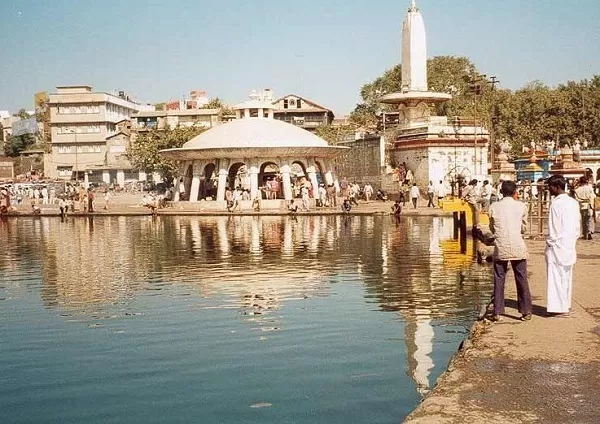
Panchavati:
This is the place where Lord Rama stayed during his exile along with his wife Sita and brother Lakshmana. The place is located about 28 km from the temple and has many temples and attractions related to the epic Ramayana.

Sula Vineyards:
This is a famous winery and vineyard that produces some of the best wines in India. The place is located about 32 km from the temple and offers wine tasting tours, grape stomping events, restaurants and resorts.
These are some of the places that you can visit near Trimbakeshwar Temple after exploring its spiritual and cultural significance.
There's A Vineyard That's Just 60KM From Bangalore And Here's Why It Should Be On Your Checklist!
Trimbakeshwar Temple is a divine destination for Lord Shiva devotees who want to experience his grace and glory. The temple is a marvel of architecture, history and mythology, and attracts millions of pilgrims every year.
In this article, we have told you everything you need to know about Trimbakeshwar Temple, including its history, architecture, legend, poojas and rituals, best time to visit, how to reach, and places to visit near Trimbakeshwar Temple.
We hope that this article has inspired you to visit Trimbakeshwar Temple and experience its spiritual and cultural significance. If you have any feedback, queries or suggestions about this article or the temple, please feel free to share them with us.
We would love to hear from you. Thank you for reading and happy travelling!

